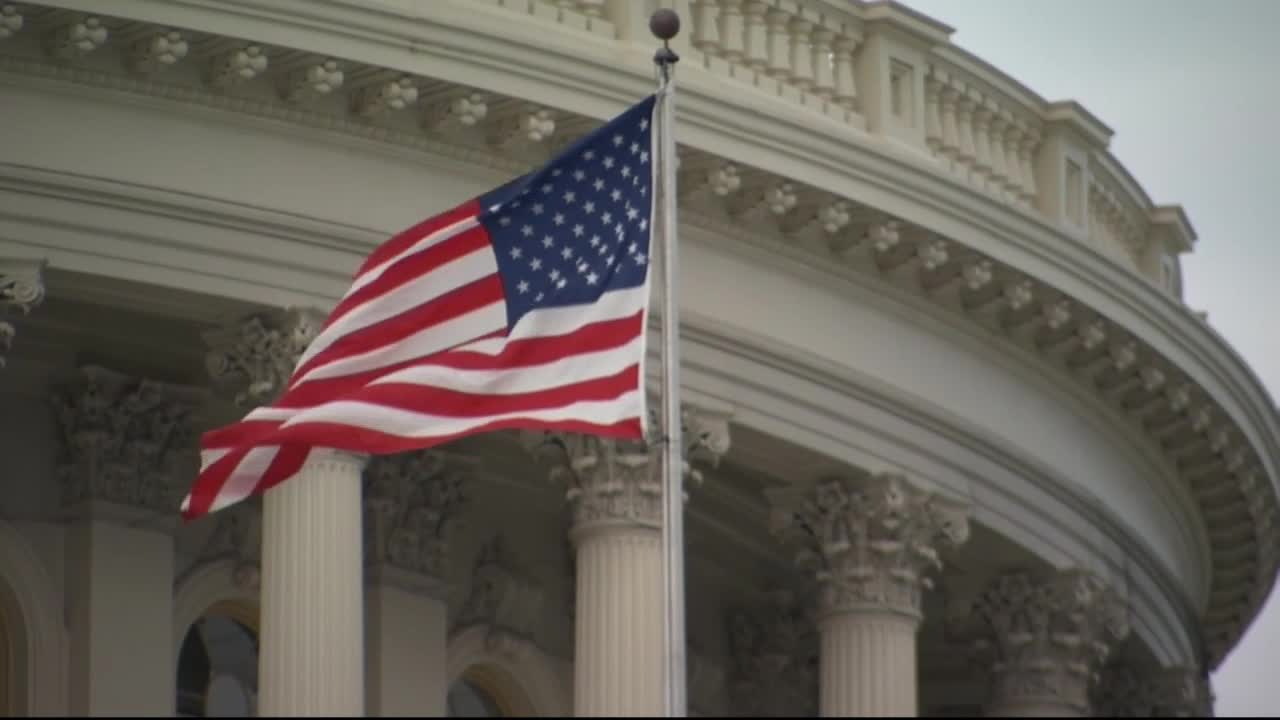BILLINGS — Montana could be on the cusp of achieving something that has never happened before in U.S. history.
In early March, state officials expect to find out if Montana's population has grown enough to warrant a second seat in the U.S. House of Representatives. If that happens, it will be a first.
"If we gain a second seat, we will be the first state to regain a second Congressional seat after losing one," said Jeff Essmann, a member of the Montana Districting and Apportionment Commission. "If so, we'll make national history in that regard."
Essmann, a former Billings legislator, is one of five members on the bipartisan Commission charged with redrawing Montana's Congressional and Legislative Districts once a decade, depending on the latest Census results.
While the current trend looks good for Montana, it is not a sure thing.
"It's still going to be pretty close, explained Essmann. " I heard today, that our margin for the second seat is somewhere between five-thousand and eight thousand people."
If the numbers fall in Montana's favor, the state will actually be going "back to the future". From 1913 to 1993, Montana had two seats in the U.S. House of Representatives. But when the 1990 Census showed a major population loss for Montana, the state lost its second House seat. Since then, Montana has had a single at-large congressional seat, representing more than 1 million people, the biggest congressional district in the country.
"Montana could use a second representative," said Essmann. "The economies of the eastern and western portions of the state are significantly different, the issues that affect the plains and the mountains are signficantly different. Each region could use a Congressman to concentrate on constituent needs in those respective areas."
Helena resident Joe Lamson has been keeping tabs on Montana's Census numbers for more than four decades, hoping someday the state would regain its second House seat.
For 14 years, Lamson worked as state director and campaign manager for Montana Congressman Pat Williams, the last person to represent Montana's western congressional district. This year, Lamson is beginning his fourth term on the state's Districting and Apportionment Commission. He told MTN News he is taking nothing for granted.
"In 2000, we had increased our population, but not enough, so we didn't get it," recalled Lamson. " Then the next time, the same thing. It was getting like Charlie Brown and Lucy and the football."
Following the 1990 Census, when the state lost its second seat, Lamson was involved as Montana challenged the method used to allocate House seats.
"We went all the way to the Supreme Court," said Lamson. "Then Attorney General Marc Racicot was our attorney, and his chief assistant was Beth Baker, who now sits on the Montana Supreme Court. We were all being Montanans, working to make this happen, and then it went down."
In theory, the goal of the Census is to guarantee that the 435 seats in the U.S. House are distributed among the states, so that each congressional district has about the same population.
The new date for the early release of the 2020 Census numbers is March 6, 2021, and both Lamson and Essmann are cautiously optimistic.
"I'm hopeful we'll get another seat," said Essmann. "This single district for the entire state has not worked in Montana's favor."
"I hopefully will be here to put Montana's second district back in place, and that's a nice way to finish out a career," said Lamson. "I'm very pleased, but mostly I'm pleased for Montana."
With Montana's 2019 population estimated at 1,070,000 people, the state's two congressional districts would include about half a million people each - a far cry from the state's at-large seat which represents more than one million Montanans.
Should Montana gain a second Congressional District, the election to decide who will occupy the seat will occur in November of 2022. The winning candidate would take office in January of 2023.
Once the official 2020 Census numbers are released and delivered to the states, most likely in July, the Montana Districting and Apportionment Commission will then have 90 days to deliver the new Congressional map to the Montana Secretary of State.
After that job is complete, the Commission will being to tackle the daunting task of redrawing all of Montana's 150 legislative districts, to reflect the latest Census numbers. The state's new redistricting plan will be presented to the Montana Legislature in 2023.
Citizens can offer input and keep up to date on the Commission's work by visiting its website: www.leg.mt.gov/districting




